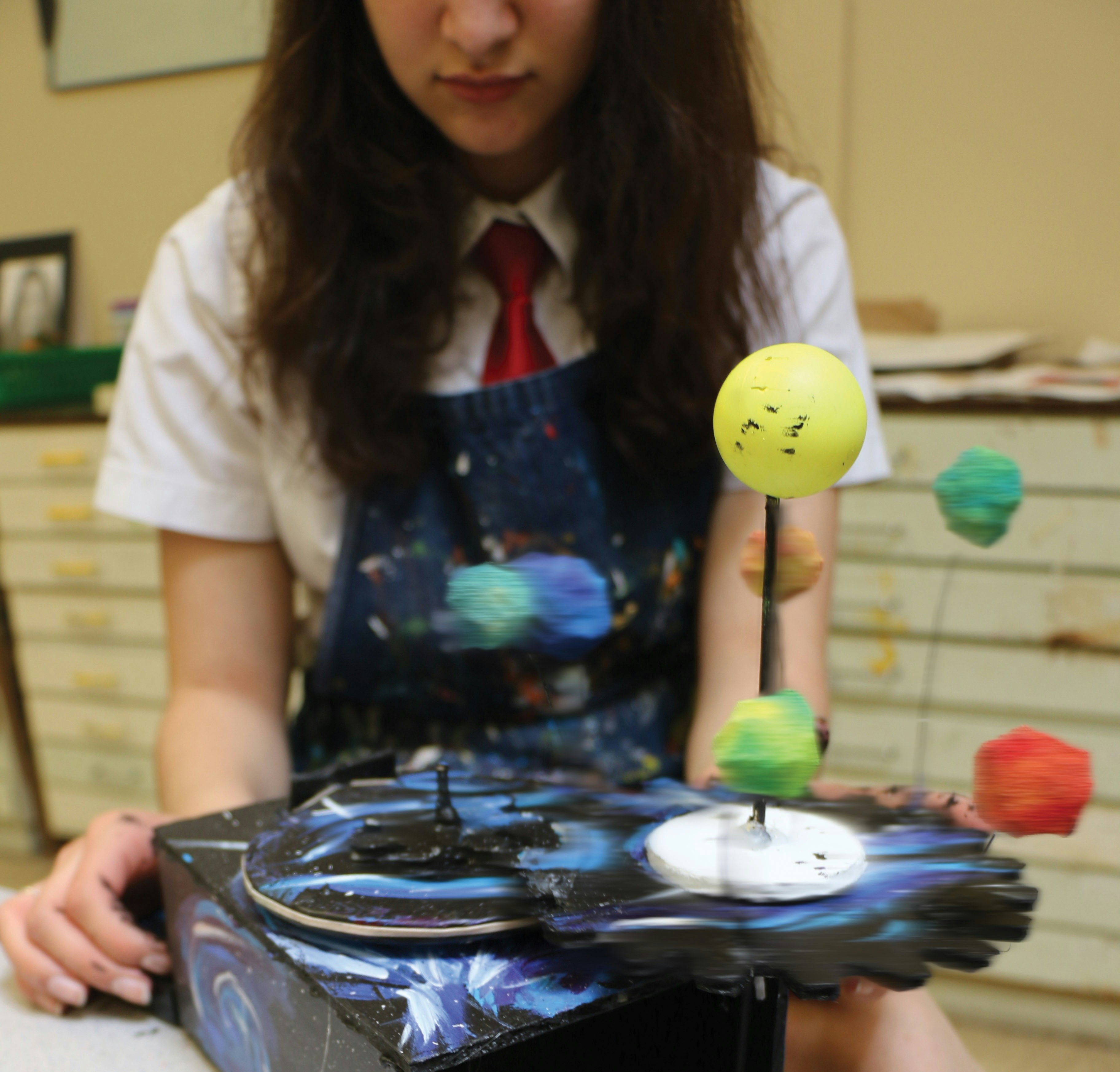Jennifer van Hardenberg
Why Design Matters [Article]
Marketing & Brand
Unpacking design thinking, maker culture, and optimistic problem-finding/problem-solving
“Ideas, however outrageous, have changed the world, and they will again.” – Rutger Bergman
“A willingness to try things out and take creative risks, a recognition that mistakes are part of the process,
the ability to use things differently (divergent thinking), a deep curiosity about how things work.”
From Getting Started with Design Thinking, by John Spencer and A.J. Juliana
I am a designer and design lover. Design, to me, is like the poetry of the physical world: whereas poetry uses only the best and fewest possible words to express an idea or emotion, design relies on only the most effective and efficient functions, materials, and presentation to respond to a human need.
There is a thrill in using a well-designed product or digital application. But beyond aesthetics or enjoyment, design has the potential to be a powerful tool for social justice, which was a central theme at our recent design thinking workshops co-presented by Dr. Susan Crichton and Dr. Elizabeth Childs, planned as a complement to our Girls’ STEM Leadership Conference. The two led a parent workshop, Why Design Matters, on the eve of the conference, and a Maker Day for Grades 11 and 12 students the following day.
Why Design Matters focused on unpacking current education buzzwords—the Maker Movement, innovation, inquiry-based learning—with two leading researchers and educators. Dr. Crichton is the Associate Dean and Director of the Innovative Learning Centre from the Faculty of Education at the University of British Columbia, and Dr. Childs is an Associate Professor in the School of Education and Technology at Royal Roads University. Both have consulted extensively on design thinking in schools, including having been involved in writing parts of the newly redesigned BC curriculum.
As stated by the presenters, “design thinking is a human-centred approach to problem-solving that begins first with developing empathy for those facing a particular challenge.” Design thinking serves as a framework that helps define a problem, empathize with others, develop prototypes of possible solutions, and hone those prototypes through multiple iterations until a satisfactory solution is found. Whether that solution be a coat for the homeless that uses newspaper as insulation, or musical instruments made from landfill salvage, or a chair fashioned from economical cardboard that allows a physically disabled child to participate in school in even the most impoverished community—all examples used in their talk—design thinking uses creativity to coax new solutions out of existing challenges and constraints.
Rather than being a new fad, though, design thinking is a concept that has been around for decades, making a resurgence now in response to socio-economic realities that call for renewed inventiveness to use our finite resources more efficiently and creatively.
So why does design and design thinking matter to girls? Here are the three big takeaways from Why Design Matters and Maker Day.
Adopting a Powerful Mindset
As the name suggests, design thinking is in fact a mindset rather than an approach or specific skill. As Head of School Cathy Thornicroft puts it, it is learning by doing and learning by caring. At its core, design thinking uses empathy to consider a problem or question and come up with creative solutions that can be prototyped, tested, and refined into finished products. An important element of design thinking is its connection to another buzzword: a growth mindset. Designers are challenged to overcome failure, sometimes many rounds of failures, with a resolve grounded in belief in self, ability, and possibility of improvement.
In this way, design is inherently optimistic. And optimism, after all, is a gift both to the individual and the world. “Girls need to be equipped to look out at the world even in troubled and troubling times, and see possibility,” says Dr. Crichton.
Harnessing Empathy to Advance Social Conscience
“We live in a designed world; a manufactured, made world,” said Dr. Crichton in her talk. “Even though we also live in a natural world, we have to acknowledge we have a huge impact on nature.”
Our planet and society is facing significant challenges: food scarcity, climate change, international and domestic conflicts, to name a few of the biggest. Not to mention those issues unique to girls and women: lack of access to education for girls around the world, withholding of personhood and passports for women, and threats to choice in personal healthcare close to home.
Girls and women are in a unique position and have a unique viewpoint that must be brought to the table in circles of leadership. Empowering girls to envision, build, and communicate new inventions—in other words becoming powerful problem-finders and problem-solvers—will ensure female-centred resolutions are advanced to the benefit of all.
As Dr. Crichton pointed out, “Designing well is the essential act of social conscience and of social awareness.”
Future-Proofing Students
After all, we are not educating girls for today. And although the statistics for girls entering STEM programs in post-secondary institutions have improved drastically, the trickle up into careers and leadership is still a work in process to achieve gender parity.
Unlike skills or technologies that can be overly specific and quickly become obsolete, design thinking is an attitude that lends itself to perpetual iteration and relevance. Since with technological change comes a need for a more highly-skilled workforce, instead of teaching girls skills for jobs we don’t know exist yet, design thinking teaches “the ability to inquire and create constructively, independently, without external controls”—Noam Chomsky’s definition of an educated person.
This is the essence of inquiry-based learning – a term we use synonymously with STEM. It is the backbone of innovation, and the heart of self-actualization, which is essential to every successful human.
Writing and Photos: Jennifer van Hardenberg | Publication: Spirit Magazine, St. Margaret's School (1200 copies)











![Why Design Matters [Article]](https://static.fabrik.io/zry/2d6f663939e343b0.JPG?lossless=1&w=720&fit=crop&ar=4:3&s=debf4fd1978841d8d25918f53b0c8a8f)
![Into the Wild [Article]](https://static.fabrik.io/zry/64af2c0f23016179.JPG?lossless=1&w=720&fit=crop&ar=4:3&s=785ee8308c91e316821621dd411b0d0d)
![STEM Partnerships [Writing/PR]](https://static.fabrik.io/zry/3da1acbafcbea683.jpg?lossless=1&w=720&fit=crop&ar=4:3&s=b226d2733ace39fc9faaaa7f900ffbf2)
![Early Learning Options [Lead Gen/Blog]](https://static.fabrik.io/zry/827681be4dead2e7.jpeg?lossless=1&w=720&fit=crop&ar=4:3&s=955292293ff2590a6ac1119779ae340b)